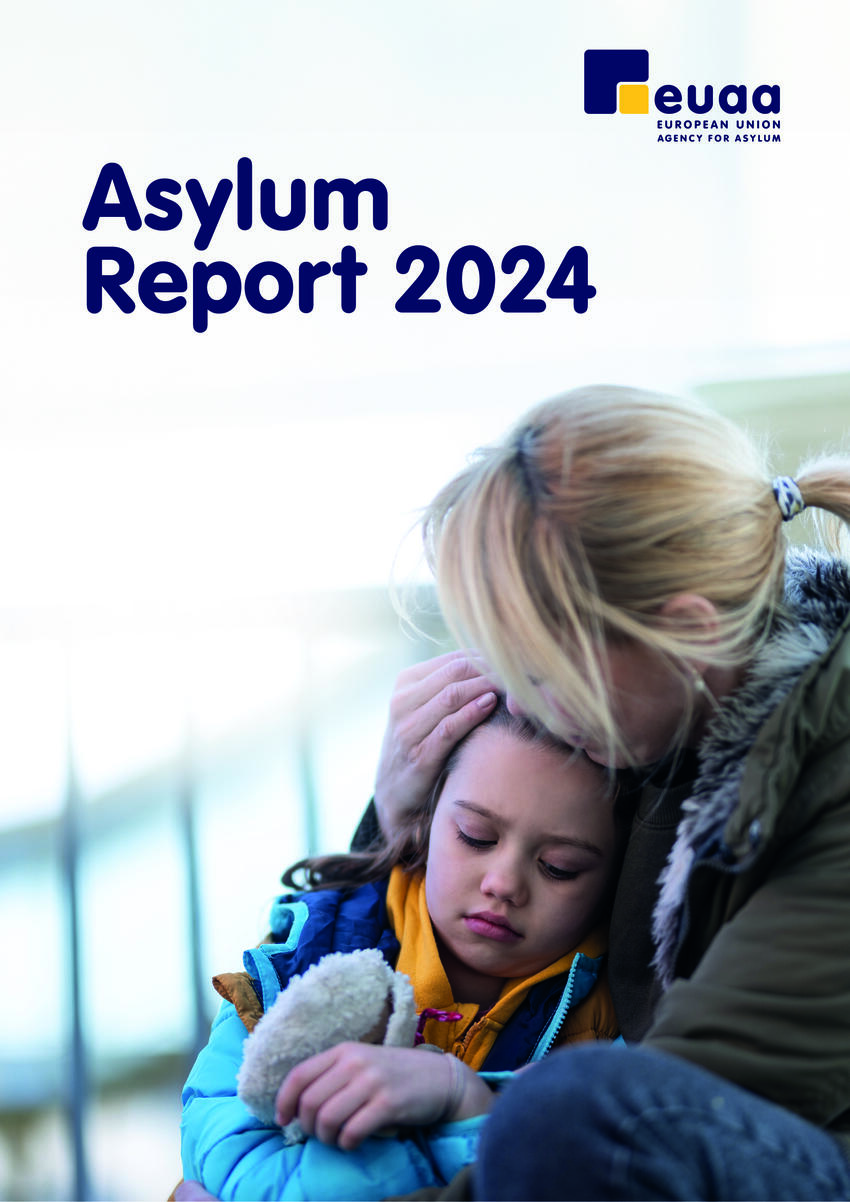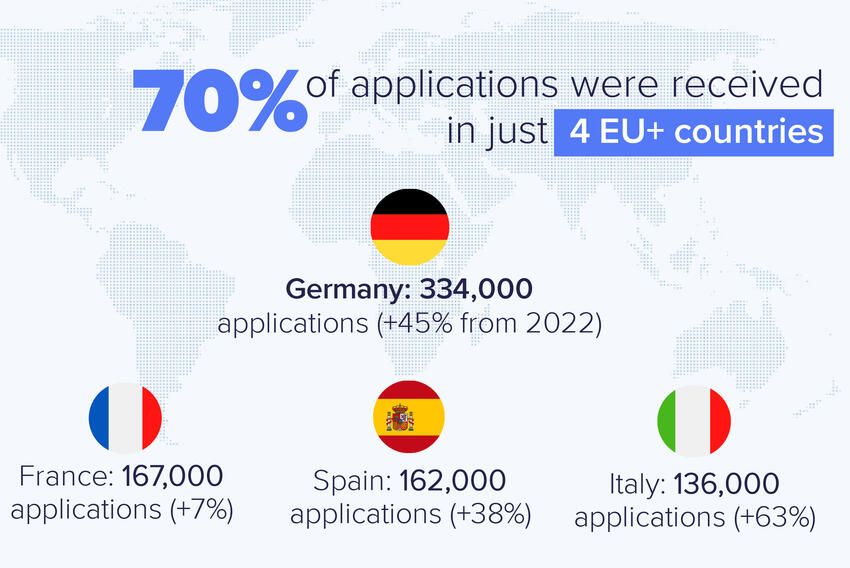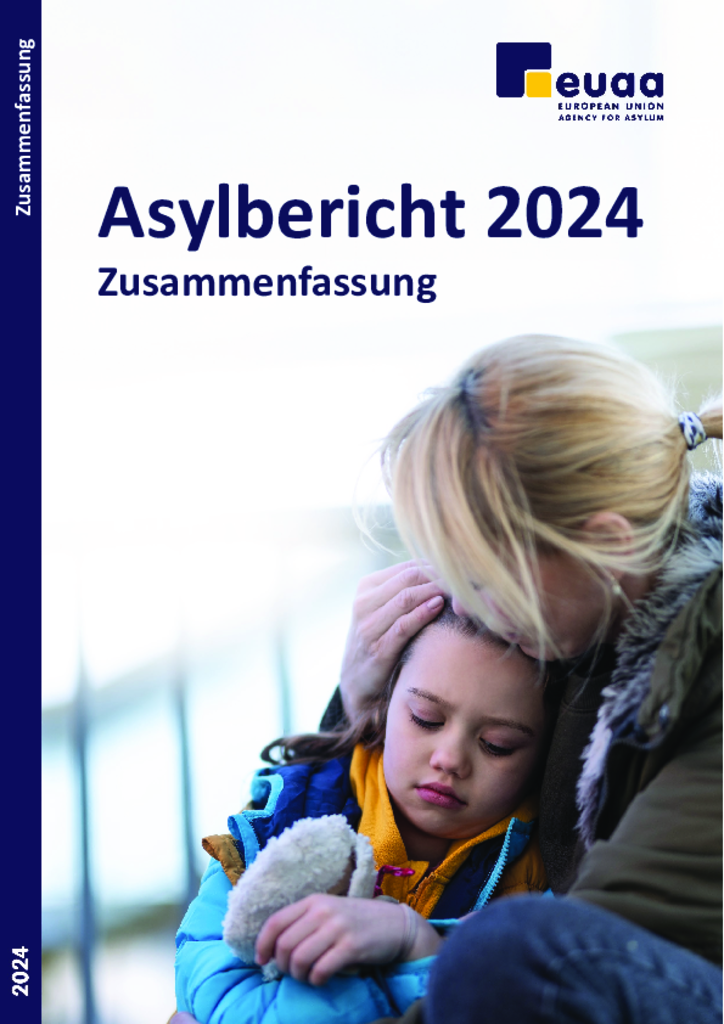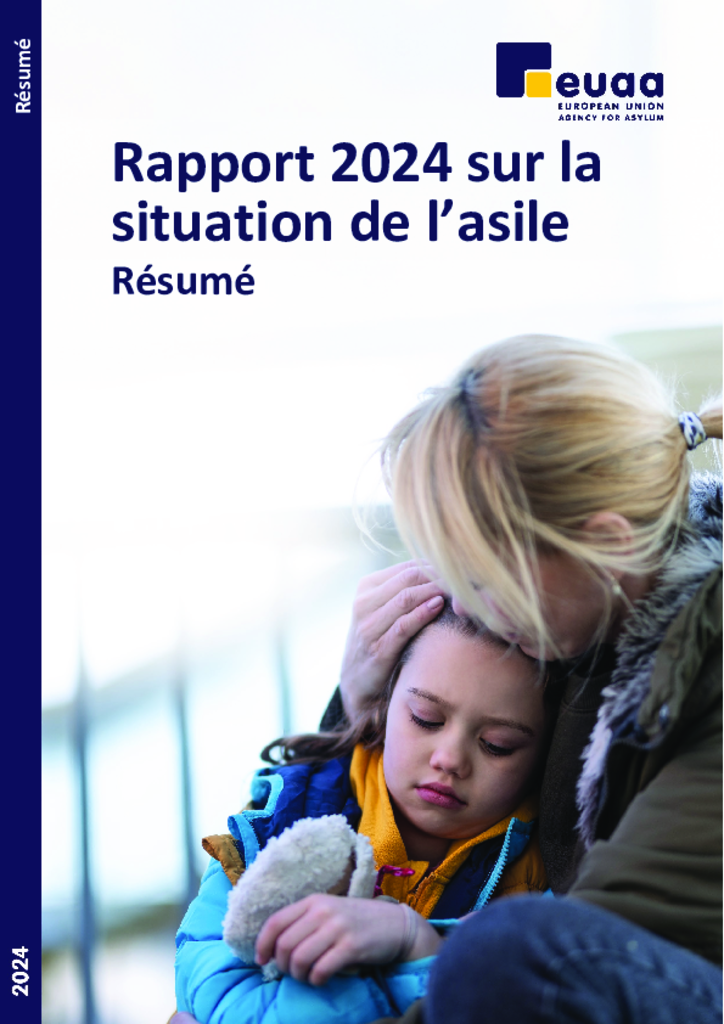Overview of international protection in EU+ countries

The EUAA’s Asylum Report is the go-to source of information on international protection in Europe, reporting on the Common European Asylum System.
It provides a comprehensive overview of key developments each year, by summarising trends and noting changes to legislation, policies and practices at the EU and national levels.
Read the full report
Read the Executive Summary
Protection needs reached unprecedented level since the creation of the Common European Asylum System
EU+ countries continued to host a record number of people in need of protection: over 1.1 million asylum applications were lodged, in addition to over 1.1 million displaced people who were granted temporary protection in 2023.
The combined total placed asylum and reception systems under extreme pressure. However, while the number of asylum seekers was reminiscent of the 2015-2016 migration crisis in Europe, public discourse did not refer to a current ‘crisis’ in general.
This indicates that EU+ countries have made progress in preparedness and management of migration flows, despite existing limitations.


Similar patterns in asylum flows continued from previous years

Just four countries received 70% of the 1.1 million applications for international protection lodged in Europe in 2023: Germany, France, Spain and Italy.
However, when analysing relative pressure on a country, Cyprus received the most applications in relation to population size (per 1 million inhabitants).
Nationals of Syria, Afghanistan and Türkiye continued to apply the most, with their shares steadily climbing. In fact, there was an 82% increase in Turkish applicants compared to 2022.
Providing temporary protection to displaced Ukrainians

The extension of temporary protection until March 2025 offered stability and predictability to millions of beneficiaries.
In 2023, EU+ countries issued over 1.1 million decisions granting temporary protection, with Ukrainian nationals receiving 99% of them. While some countries extended the scope of this protection, others began to introduce measures to delimit eligibility.
Who receives protection in EU+ countries?
The EU-level recognition rate continued to climb to 43% in 2023, with a total of 294,000 positive decisions issued at first instance. The remainder of applications were either rejected or the applicant received a national form of protection.
This rate can indicate which citizenships are granted protection more or less frequently. For example, Syrian applicants had a 94% recognition rate across EU+ countries in 2023. They were followed by Ukrainians (92%) and Palestinians (87%).
In contrast, nationals of North Macedonia, India, Moldova, Nepal and Serbia received the least positive decisions, ranging from 0%-1%.
However, practices in granting protection vary significantly. This is evident, for example, for Afghan applicants for whom recognition rates ranged from 34% to 100% depending on the country in which they applied.
For stateless applicants, who have an average 53% recognition rate, the share of positive decisions ranged across countries from 29% to 89%.
While these discrepancies may partly reflect several objective factors that can lead to variations in recognition rates, their magnitude is largely the sign of a lack of convergence across EU+ countries.
EU+ countries identified various solutions to manage increased pressure
The increased workload arising from the higher number of applications led many countries to make adjustments to registration and lodging processes, in addition to reshuffling human resources to tackle the backlog of applications.
Some countries maintained a state of emergency, applying rules which allowed for derogations from the regular procedure. New databases were created to manage country of origin information and digitalise asylum processes.
National developments also included changes to legislation related to reception conditions.
Courts play an important role in fostering convergence in practices
The role of judicial institutions in interpreting the EU asylum acquis and guiding practical implementation has been decisive. Both the Court of Justice of the EU and national judicial institutions continued scrutinising national legislation, policies and practices.
With a significant share of pending cases awaiting a decision at second instance and a new legislative framework in place after the adoption of the Pact on Migration and Asylum, it is expected that court decisions will increasingly define lawful practices and influence asylum policies in EU+ countries.









